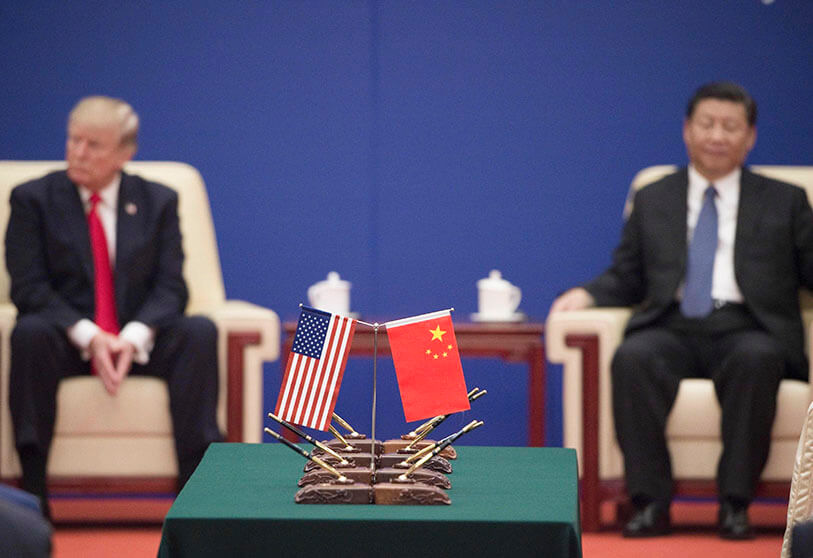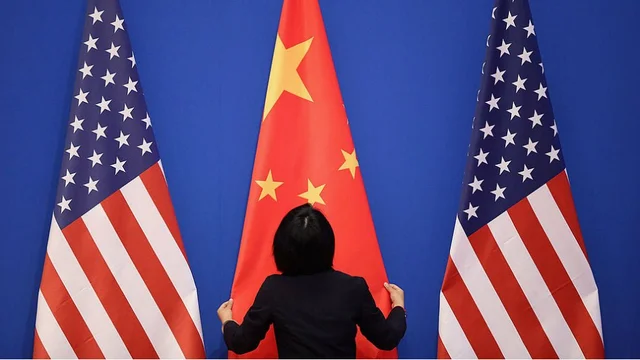China won’t overtake US before 2060 – Financial Times
LONDON, October 24, 2022, 11:04 — REGNUM As he enters his third term, Chinese President Xi Jinping set a goal of turning China into a developed country within the next decade, for which the economic growth rate should be about 5%. However, key trends—poor demographics, high debt, and declining productivity growth—suggest that the country’s overall growth potential is about half that. This was reported by the Financial Times on October 24.
So far, nowhere, not even in Beijing itself, have they realized the consequences that a reduction in China’s growth to 2.5% will lead to. First, assuming US growth of 1.5% at similar inflation rates and a stable exchange rate, China will not overtake America as the world’s largest economy until 2060, if at all.

Growth in the long run depends on the amount of labor resources and the efficiency of capital use (productivity).
With a shrinking population and declining productivity growth, China is growing by injecting more and more capital into the economy at an unsustainable pace.
Currently, China is among the middle-income countries, and at this stage, many economies naturally begin to slow down given the higher base. The per capita income in China is $12,500. Today there are 38 countries with developed economies. Only 19 of them grew at a rate of 2.5% or more over the next 10 years after reaching this level of income, and this was due to an increase in the number of employees; on average, the working-age population grew by 1.2% per year.
China falls out of this range. It will have to become the first major middle-income country to be able to maintain gross domestic product growth of 2.5% despite the decline in the working-age population that began in 2015. And in China, this decline is rapid, and in the coming decades it will be almost 0.5% per year.
Capital, mostly investment in real estate, has contributed to GDP growth, but labor productivity growth has halved to 0.7% over the past decade. The efficiency of capital collapsed. China now has to invest $8 per $1 GDP growth, double what it was ten years ago, and the worst of any major economy.
In this situation, a growth of 2.5% will already be a great achievement. Maintaining core productivity growth at 0.7% barely offsets the decline in population. To achieve 5 percent GDP growth, China would need a capital growth rate close to that of the 2010s.
Leaders of the global semiconductor market named
WASHINGTON, October 24, 2022, 11:30 AM — REGNUM The top 100 largest semiconductor manufacturers in the world include only three South Korean companies. It is reported by KBS with reference to the data of the American analytical company S&P Capital IQ.

The list also includes 42 Chinese companies, 28 American, 10 Taiwanese and seven Japanese companies, according to the released data.
It is known that in 2018, the South Korean company Samsung Electronics ranked first among semiconductor companies by market capitalization, but now the company has dropped to third place, losing to Taiwanese TSMC and American NVIDIA.
Another South Korean company, SK Hynix, fell four places to 19th place, while SK Square, which was spun off from SK Telecom in November 2021, fell from 80th to 100th place in one year.
S&P Capital IQ also noted a decline in the profitability of South Korean companies.
